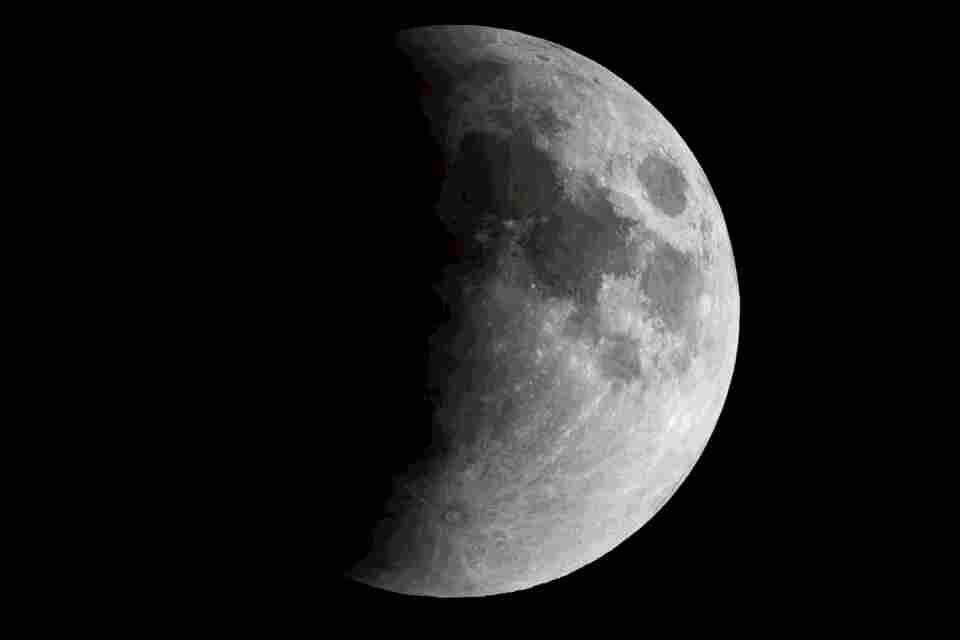Technology
Rare total lunar eclipse will happen over US and UK THIS month – here’s how you can watch

NEXT month, a total lunar eclipse will be visible for stargazers around the world.
Nasa reported that the celestial event can be seen from most of the United States and parts of Western Europe.
The next total lunar eclipse is slated for May 15 – 16
The Moon will pass through the Earth’s shadow and create a stunning total lunar eclipseSmithsonian National Air and Space Museum
A lunar eclipse occurs when the Earth passes between the Sun and the Moon.
The Earth creates two shadows, the penumbra and the umbra – the umbra is the darker zone where the Moon is completely shielded from the Sun by Earth.
The Moon turns red during a lunar eclipse because the sunlight reflected off its surface has passed through the Earth’s atmosphere.
Nasa described the effect as “if all the world’s sunrises and sunsets are projected onto the Moon.”
Read More in Space and Astronomy
This principle is called “Rayleigh scattering” and it also explains why the sky is blue – different colored light rays have different wavelengths and properties.
Blue light has a shorter wavelength and scatters easily, filling the sky with its soft blue – red light passes more cleanly through the atmosphere and, during a lunar eclipse, lands on the face of the Moon.
The apex of the next lunar eclipse, or the totality, is when the Moon is fully caked in its reddish hue.
An entirely red moon will be visible in most of the Western Hemisphere an hour after the lunar eclipse begins at 10:30PM on May 15.
Most read in Tech
The rarity of the total lunar eclipse can be expressed by looking to the future or the past.
Nasa projects that there will be 228 lunar eclipses over the course of the 21st century – just 85 of them will be total eclipses while a chunk of them are partial eclipses.
In the last eight years, there have been just six total lunar eclipses.
Added together, the Earth has seen just under six hours of visible total lunar eclipses in that span.
Read More on The US Sun
Nasa expects this May’s total lunar eclipse to be the last until November 2022.
After November’s eclipse, the Earth won’t see another total lunar eclipse until March 2025.
The bell curve indicates the fullness of the lunar eclipse from a given viewpoint
We pay for your stories!
Do you have a story for The US Sun team?
Email us at exclusive@the-sun.com or call 212 416 4552.
Like us on Facebook at www.facebook.com/TheSunUS and follow us from our main Twitter account at @TheSunUS

